7 indoor plants that people with amazing-smelling homes use to scent their spaces naturally
Want to fill your house with fragrant, organically occurring foliage? Here are the plants to pick so your house will smell lovely.

Table of Contents
7 indoor plants that people with amazing-smelling homes use to scent their spaces naturally | Introduction
7 indoor plants that people with amazing-smelling homes use to scent their spaces naturally : There are several ways to accomplish this; for example, using scented candles or freshly laundered sheets; we all enjoy our houses to smell good. However, fragrant indoor plants are an excellent method to naturally perfume our homes.
Many people like the fragrance of roses, jasmine, and other garden flowers, but we often overlook the importance of having scented plants indoors. Fortunately, there are many indoor plants that can give your house a wonderful scent.
The plants that blossom or produce fruit generally have the nicest fragrances for indoor gardens. Additionally, aromatic herbs are an excellent choice. Here are some of the top-rated fragrant plants, along with professional advice on how to maintain them.
1. JASMINE (J. OFFICINALE)

The top 7 indoor plants that people with amazing-smelling homes use to scent their spaces naturally for creating a wonderful scent in your home ought to be jasmine. Because of its climbing aptitude, lovely blossoms, and floral fragrance, this fragrant beauty is frequently cultivated in gardens and around porches. Jasmine, however, may also be grown indoors and is the ideal flower for a window sill.
The common white jasmine, J. officinale, is generally accessible virtually all year long, according to William Davidson, the author of Dr. Houseplant. White jasmine looks best when it is young, green, and in bloom. The greenhouses of the plant nursery are filled with the distinctive aroma of the small tubular white blossoms. It needs to be kept in a cool area because it can grow quickly if kept indoors.
Growing them indoors implies that they can easily spiral out of control, but William continues, “It doesn’t seem to hurt their short-term popularity stakes.” ‘Cut back flowering stems as far as necessary, but leave some new branches unpruned because they flower on growth from the previous season.
Every jasmine needs to be situated so that it gets some daily direct sunshine. If at all possible, place these plants in a climbing posture; to do so, they will need a trellis or wires. Provide them with a means of support inside their container if there is no sufficient space.
Give these plants plenty of water to keep them consistently moist while they are growing and blooming. Only give them water while they are dormant to keep the potting soil from drying out altogether.
2.ORCHID
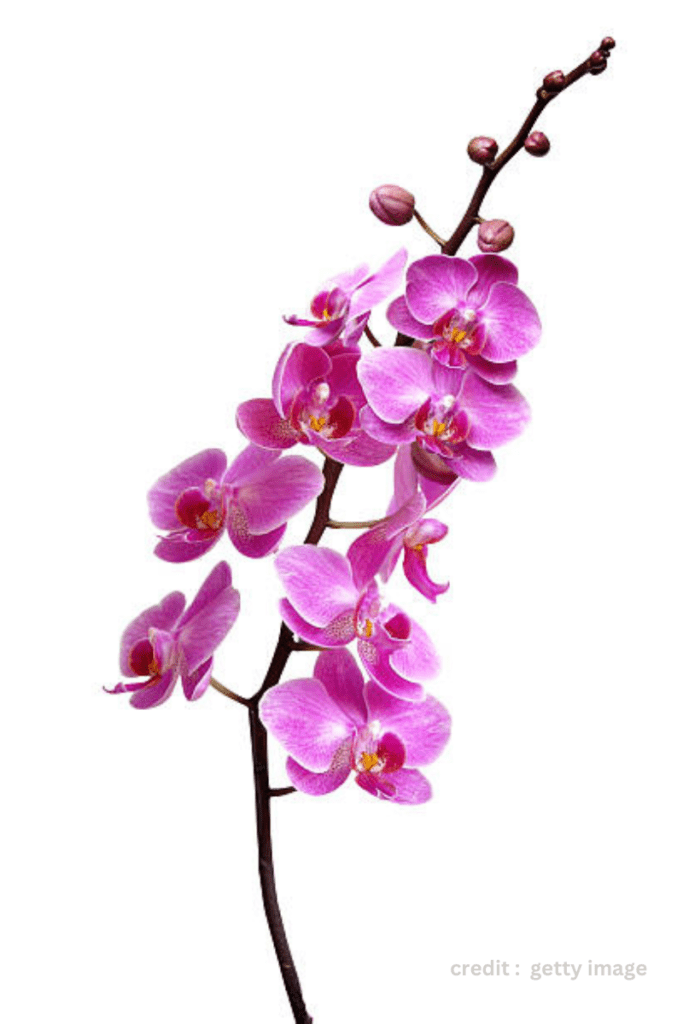
7 indoor plants that people with amazing-smelling homes use to scent their spaces naturally: Orchids with amazing-smelling blooms are like nature’s own perfumery. Their alluring scents can range from sweet and floral to spicy and exotic. Here, we delve into some of the most fragrant orchid varieties that will fill your senses with delight.
The Vanilla Orchid, scientifically known as Vanilla planifolia, is famous not just for its aromatic beans but also for its captivating scent. The sweet, creamy fragrance of vanilla wafts through the air when this orchid blooms. It’s a true olfactory indulgence.
Cattleya orchids are renowned for their bold, vibrant colors, but their scent is equally captivating. With a fragrance reminiscent of citrus and flowers, they add a delightful charm to any room.
Oncidium orchids, often called “Dancing Lady Orchids” due to their distinctive shape, exude a spicy and exotic scent. Their fragrance can vary from cinnamon-like to a hint of chocolate, making them truly unique among orchids.
3. TUSCAN ROSEMARY

7 indoor plants that people with amazing-smelling homes use to scent their spaces naturally : In addition to providing you with a constant supply of fresh culinary delights, growing the best herbs for kitchen use will also perfume your house. Tuscan Rosemary, which may be used to flavor foods and beverages including roast lamb, baked breads, and gin cocktails, has a particularly potent perfume.
According to Bethany Lakatos “Some plants only smell good when they are in bloom, but brush your hand over rosemary foliage and the savory scent will be with you all day.”
“Select an upright variety like Tuscan Blue, which blooms in late spring with tiny, fragrant, velvety deep blue blossoms. Put it in a kitchen window with a southern or western exposure that receives direct sunshine. For healthy roots, you need a pot with drainage holes and a well-draining potting mix, says Bethany. It is possible to improve drainage by adding perlite to the potting mix.
Since rosemary does not like to be overwatered, Bethany continues, “Allow the soil to become slightly dry between waterings, and remove excess water from the drainage tray.” ‘In the spring and summer, fertilize food plants using a slow-release organic fertilizer.
Remove any dead stems in the spring and then trim the remaining stems by a third, cutting just above each leaf node. Harvest the fresh, sensitive new growth, which is the most flavorful for culinary usage, at the top 2-3″ of each stem.
4. COFFEE PLANT (COFFEE ARABICA)

7 indoor plants that people with amazing-smelling homes use to scent their spaces naturally : This one is for serious growers only because Coffee Arabica is known for requiring a lot of attention. However, the fundamental reason for this is that our dry homes are not the right atmosphere for it. In areas with high humidity and indirect light that are also bright, like a sunroom, this plant will thrive and produce aromatic blossoms and berries.
According to Lisa Eldred-Steinkopf, author of Houseplants, “This is a fun plant to grow; it really is the plant that produces coffee beans, but will probably never produce enough to make a cup of coffee for you.”
5. GARDENIA
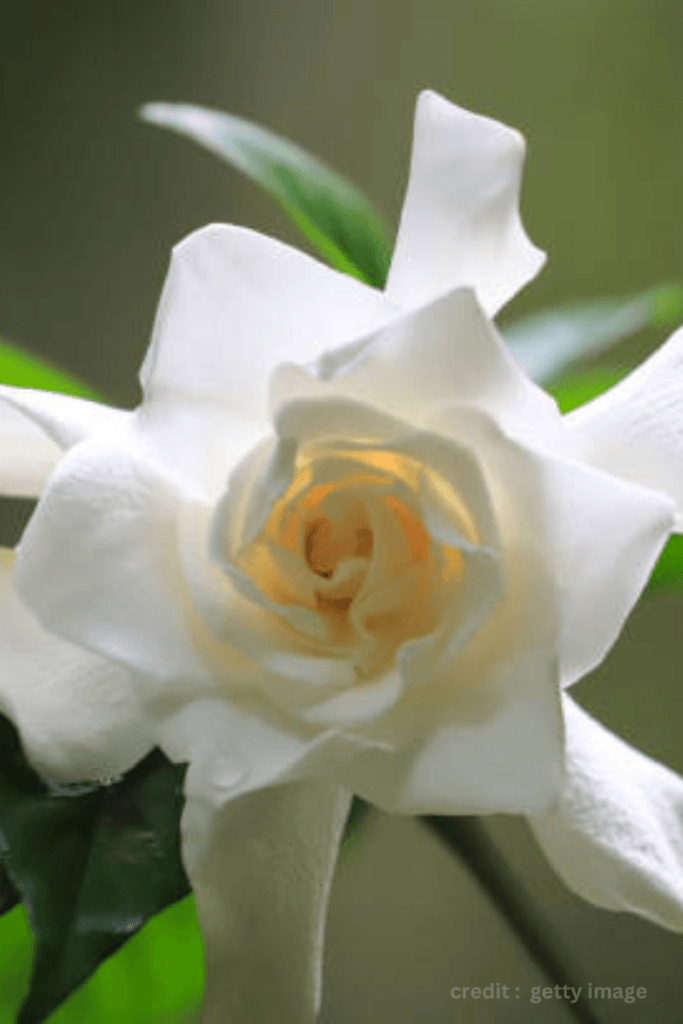
7 indoor plants that people with amazing-smelling homes use to scent their spaces naturally : Gardenias may be cultivated both indoors and outdoors and are recognized for their elegant white flowers and highly fragrant scent. It’s the kind of houseplant that gives the impression that your house is more expensive.
According to Bethany at Fast Growing Trees, gardenias need acidic soil and careful watering as houseplants. Choose a dwarf variety that can be presented in a stylish pot with drainage holes, such as Radicans or Veitchii.
Avoid self-watering pots and omit adding rocks to the container; instead, use a well-draining potting mix designed for plants that need acid, such as azaleas or blueberries. Put your gardenia in a bright, indirect area of light and water it when the top two inches of soil appears dry or is dry to the touch.
Gardenias want soil that is moist but not wet, mushy, or slowly draining. Your gardenia will naturally reduce its photosynthetic rate as winter daylight hours become shorter and gloomy skies block out more sunlight, resulting in significantly reduced water use than in spring and summer.
It’s crucial not to overwater your gardenia in the winter; instead, concentrate on maintaining humidity levels between 50 and 60 percent to help balance the dry indoor air. Use an acidifying fertilizer according to the rates on the package in the spring and fall, but err on the side of caution rather than excess. Deadhead frequently to guarantee another rush of blossoms.
6. Mint

7 indoor plants that people with amazing-smelling homes use to scent their spaces naturally : Mint, with its amazing smelling leaves and refreshing aroma, is a versatile herb that has been cherished for centuries. Its invigorating scent and myriad uses make it a popular choice for culinary, medicinal, and aromatic purposes. In this comprehensive guide, we’ll explore the enchanting world of mint with amazing smelling varieties, its uses, and how to cultivate it for that delightful aroma.
Mint with Amazing Smelling Varieties
Mint comes in various aromatic varieties, each with its unique scent and flavor profile. Here are some of the most delightful ones:
1. Peppermint
Peppermint, with its strong, cool, and refreshing scent, is a favorite for culinary creations and herbal remedies. It’s often used in teas, desserts, and essential oils for its invigorating aroma.
2. Spearmint
Spearmint boasts a milder, sweeter scent compared to peppermint. It’s commonly used in cocktails, salads, and as a natural air freshener.
3. Chocolate Mint
As the name suggests, chocolate mint offers a delightful combination of minty freshness and chocolatey undertones. It’s perfect for desserts, beverages, and garnishes.
4. Pineapple Mint
Pineapple mint provides a tropical twist with its pineapple-like aroma. It’s a fantastic addition to fruit salads and tropical drinks.
5. Apple Mint
Apple mint offers a subtle apple fragrance that complements both sweet and savory dishes. It’s excellent for making herbal teas.
7. KUMQUAT TREES (CITRUS JAPONICA)

7 indoor plants that people with amazing-smelling homes use to scent their spaces naturally : One of the best indoor fruit trees is this attractive evergreen. Citrus Japonica, despite being prized for their glossy green foliage, is self-pollinating and may therefore even produce its fragrant fruits inside.
Citrus japonica will flower several times a year in the ideal conditions, and its leaves can be infused to make tea. The fruits can also be used; slice them to use as a garnish for soft drinks or cocktails, or for those who are feeling very daring, chop them to make marmalade.
According to Bethany Lakatos, a plant specialist at Fast-Growing Trees, if you have a patio, balcony, or yard, your kumquat will be happiest outdoors spring through fall, when there is no chance of frost, and may be moved indoors for winter.
If not, set your kumquat in a window that faces a sunny south or west, where it will get plenty of light. Consider utilizing a grow light 12–14 hours a day, with 8 hours off, if your home is poorly lit.
Late spring to early summer is when kumquats blossom, though some types bloom more than once a year. Even in the dead of winter, the aroma of their flowers will whisk you away to the warm tropics.
A well-draining citrus potting mix placed in terracotta pots will keep the roots happy and clear of damp dirt. Reduce watering in the winter when the plant’s natural functions, such photosynthesis, have slowed down. Water when the soil is obviously dry or when it is dry approximately 2″ below the surface.
About The Author

Pruthvirajsinh
THE WAY YOU NEED IT
Connect with us
Recent Posts
- Decorate Your Home Space With Artificial Grass In 2023
- #1 Top 5 Creative Festive Garden Decor Ideas
- #1 The Most Easy Way to Protect Your Plants From Frost In USA
- #1 BEST TULSI REDUCES ACTIVE ACNE IN 2023
- #1 Best 7 indoor plants that people with amazing-smelling homes use to scent their spaces naturally
Information

Decorate Your Home Space With Artificial Grass In 2023

#1 Top 5 Creative Festive Garden Decor Ideas
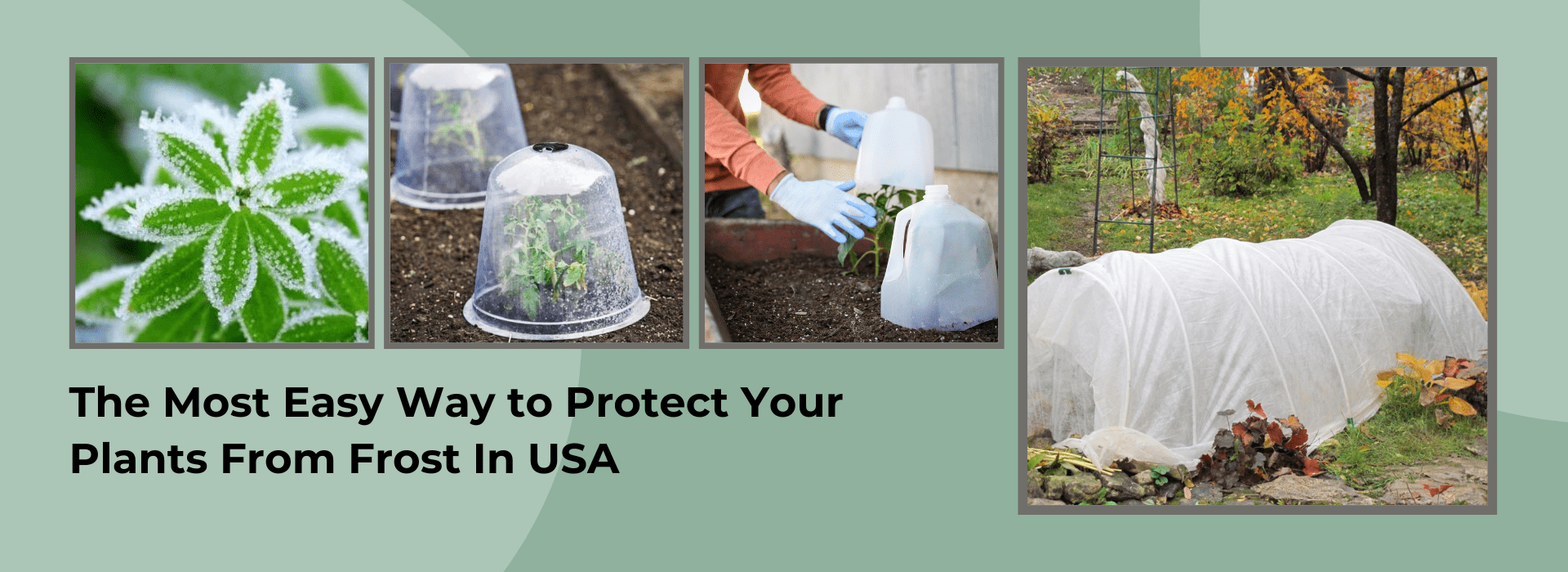
#1 The Most Easy Way to Protect Your Plants From Frost In USA
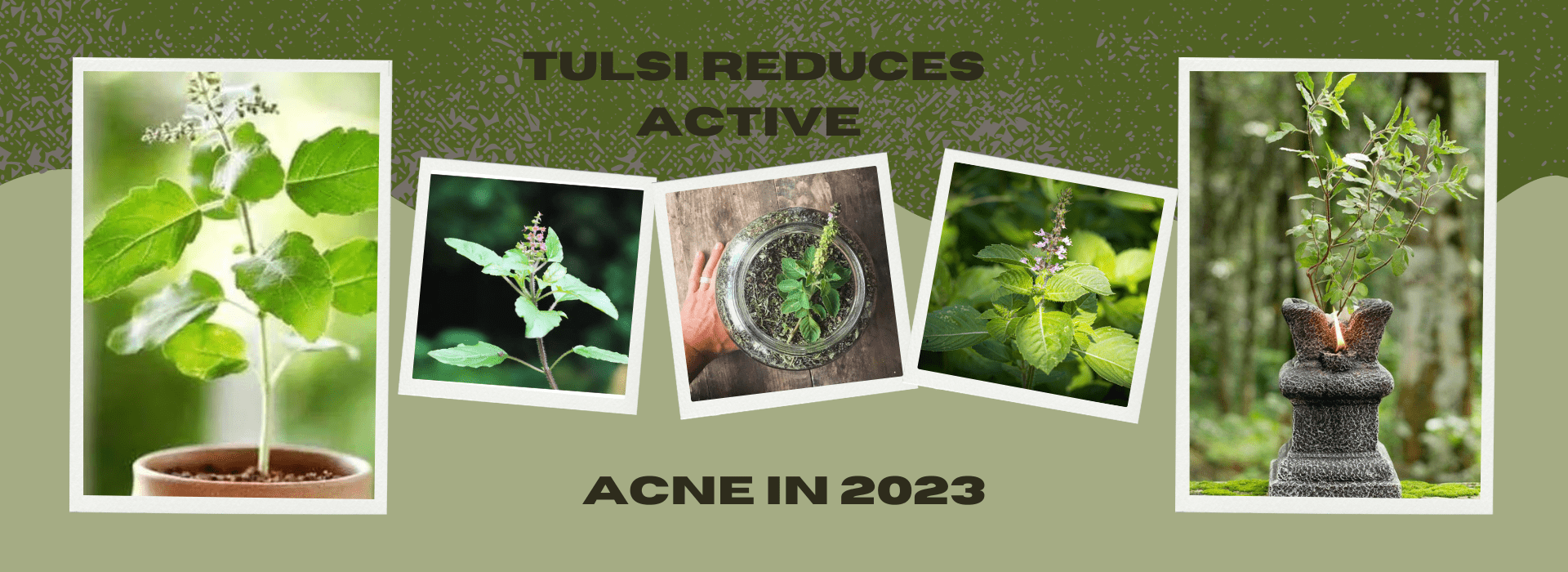
#1 BEST TULSI REDUCES ACTIVE ACNE IN 2023

#1 Best 7 indoor plants that people with amazing-smelling homes use to scent their spaces naturally
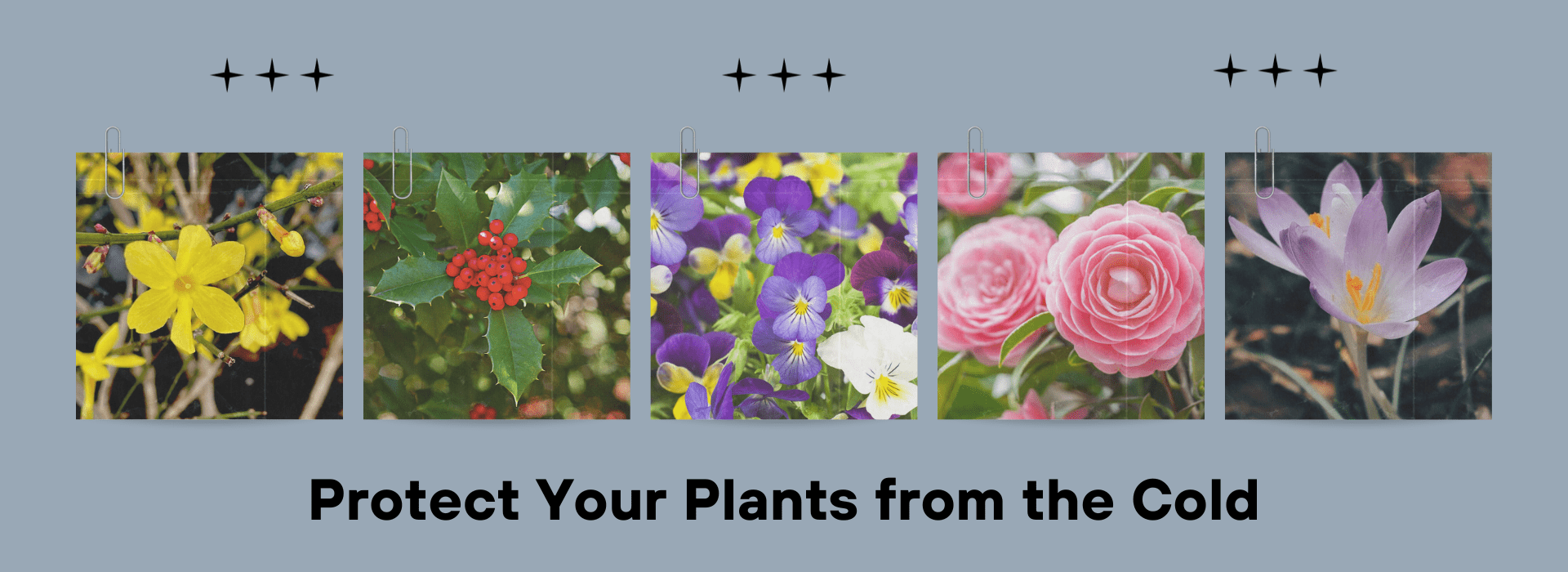





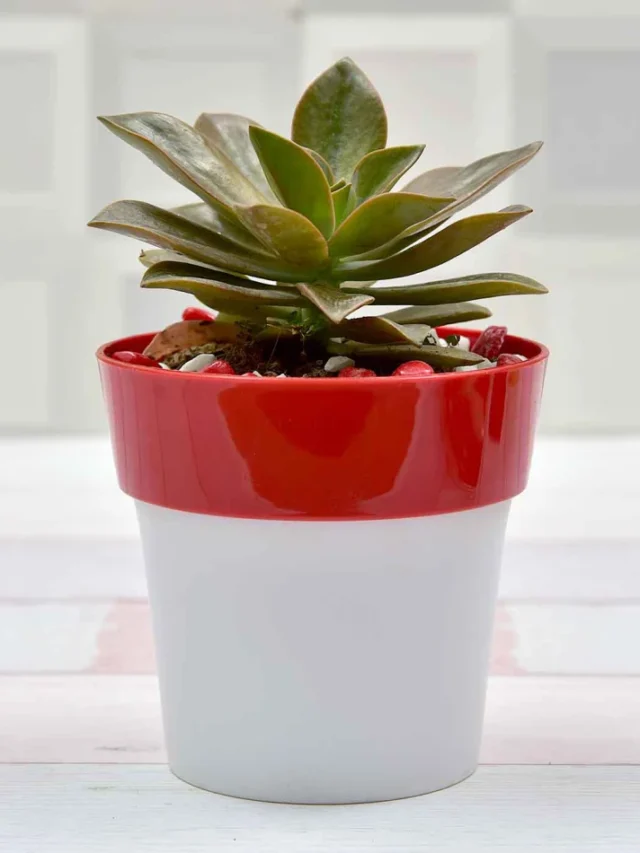

Recent Comments